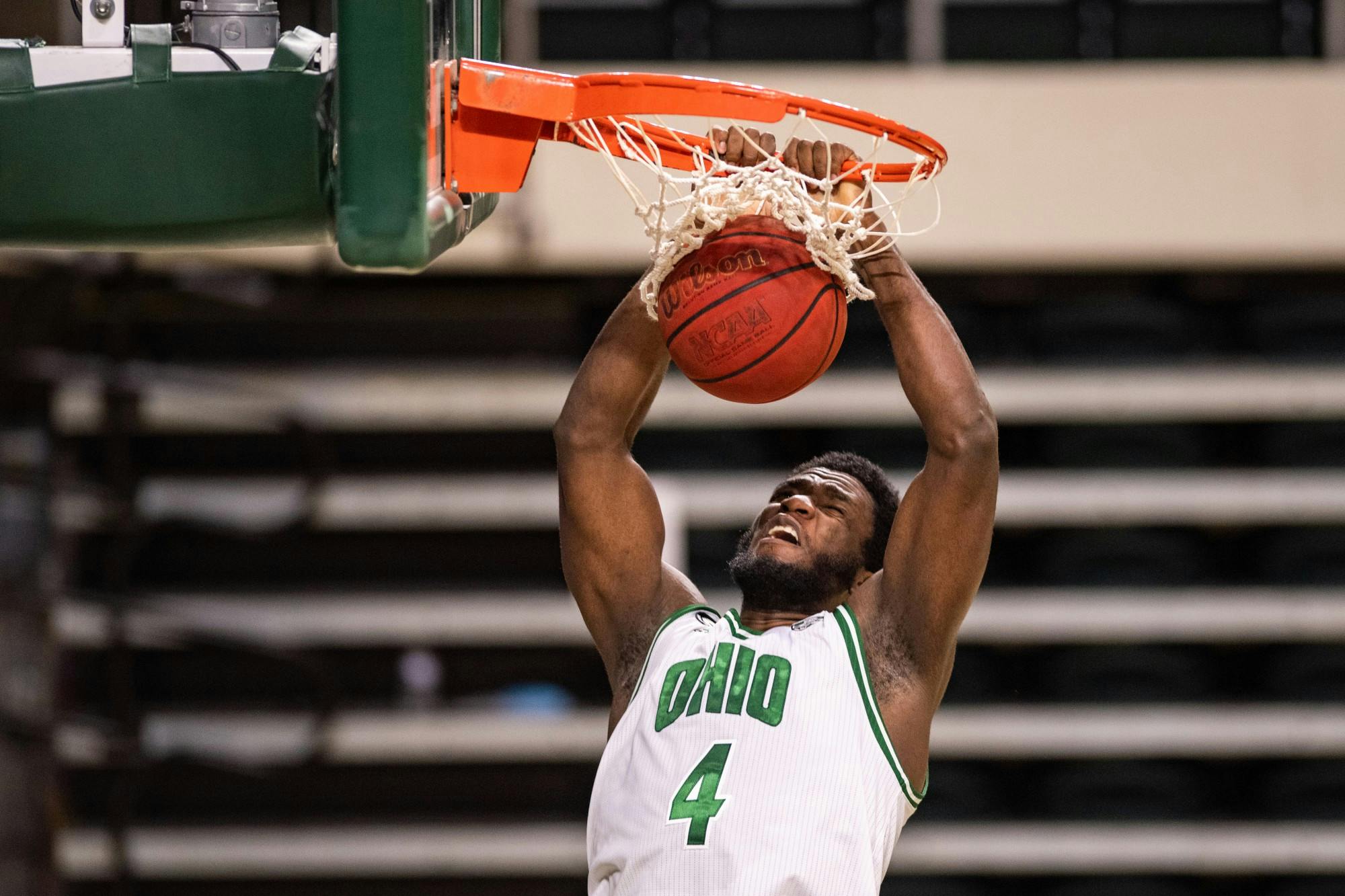
The rate will depend on the venue size, but Ascap, which collects royalties, says on its website the figure can start at 0.8% and drop to 0.1% for venues with over 25,000 capacities. A small percentage of the gross – the monies left after transaction fees are deducted – will be collected and paid through, eventually, to songwriters in public performance royalties. In the US, about a 5% rate is applied to tickets, but it can be as high as 35% in some European countries due to the addition of “cultural taxes”. You also have to take out taxes from that.
/cdn.vox-cdn.com/uploads/chorus_image/image/43978550/466444195.0.jpg)
Peeling it back layer by layer, of your ticket price, around 10% is going to be swallowed up by a booking fee and processing fee (either posting the tickets or charging you for the “privilege” of printing them at home), with some of that actually working its way back to the band and their promoter. What will be different is how much they will be paid. Most of the things that have to be paid for will apply in almost every case. The following is intended only as a general guide to how your ticket price could break down and what it is going to pay for. There are no precise splits that apply in every case as it will depend on the band, the venue, the promoter, the marketing budget and tax laws, among other things. In doing so, they were able to speak candidly about where, exactly, the money goes. The live industry is rarely keen to draw back the curtain to show its inner workings, so the Guardian spoke to a number of live music insiders who wished to remain anonymous. So what, exactly, is your ticket price paying for? Fans paying $275 for a show might presume most of that is going straight to the band. Acts touring today are not just swelling their own bank accounts there are a lot of mouths to feed along the way. Of course, gross earnings are far from synonymous with profit. Obviously, inflation has to be factored in, but the contrast between how they toured then and how they tour now is significant. At the bottom end, some tickets were cheaper, but the band played more nights to twice as many people and made three times the money. In 2015, they had the fourth-biggest gross of the year with $19.4m earned, playing eight shows to 149,942 people, with tickets at $30-$275. In 2001, U2 had the ninth-biggest venue gross of the year in the US, collecting $6.4m from 78,275 tickets sold across four shows at the United Center in Chicago, with tickets priced at $45-$130. Sutherland said that projections released by the city would represent the arena’s lowest possible usage during its earliest days, or a sort of worst-case scenario.Here is a topically illustrative example, given that their Joshua Tree 30th anniversary tour is the hottest ticket of the moment. 'A lot of asterisks': Benefits for city in arena deal not what they seem, economists say.Davison says weeklong public consultation on arena was always the plan, councillors disagree.Cost overruns on arena project would be shared, CMLC says.What is an arena ticket tax and how does it work?.Ward Sutherland, vice-chair of council’s event centre assessment committee, said it was a figure decided on by the team that negotiated the deal with the Flames’ owners, headed by Barry Munro.

“That is a discrepancy that I cannot explain,” said Tombe.


Tombe said the rate is likely re-evaluated each year based on factors such as attendance levels and the total number of events held at the arena.īut he said the City of Calgary hasn’t provided enough information on how it settled on a two per cent levy to rationalize such a major difference. The tax, which stood at 9.5 per cent last season, must cover the repayment of $125 million to the city over a 35-year term. Tombe noted that the city’s 2017 proposal to the Flames included a higher ticket tax $185 million in revenue from a user fee that would have covered one-third of arena costs. Brendan Miller/Postmedia Brendan Miller/Postmedia “It does seem like that balance between the public contribution and the ticket tax needs further explanation.” Calgary Sports and Entertainment vice-chairman Ken King speaks to reporters after fundamental terms and conditions for the development of a new arena were announced on July 22, 2019. “The higher that ticket tax is, to the extent that it’s borne by the people attending events, which I think is the case, the lower the public’s contribution needs to be,” said Tombe. For the city to break even on returns from its investment, that tax should be in the range of six per cent, according to Tombe. Article contentīut University of Calgary economist Trevor Tombe questioned why city officials and the Flames settled on a ticket tax rate of two per cent. This advertisement has not loaded yet, but your article continues below. Manage Print Subscription / Tax Receipt.


 0 kommentar(er)
0 kommentar(er)
